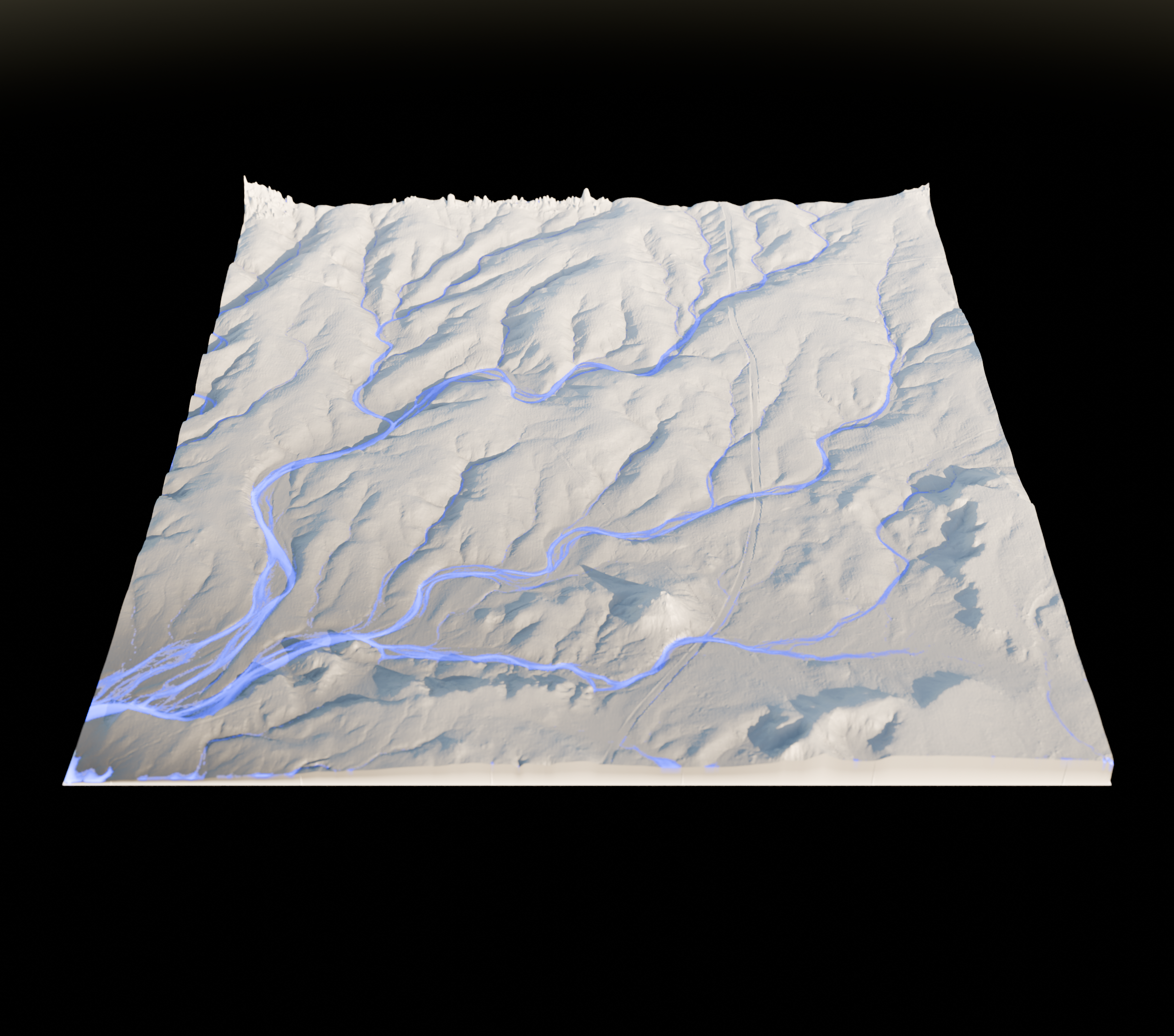Welcome! I am Boris Gailleton, a PostDoc Researcher at the University of Rennes (Bretagne, France).
I am a quantitative Geomorphologists, developping, sharing and applying a wide range of numerical method to unravel the different controls on the fluvial system.
Contact: boris.gailleton@univ-rennes.fr
Bluesky: gailleton.boris
Github: @bgailleton
Latest news:
Graphflood paper published: esurf
Want to know more about my hydrodynamic model graphflood? -> See the doc (WIP)
Interested in my Topographic Analysis, Landscape Evolution and Hydro/morphodynamic code base that includes all of the above? -> scabbard
Interested by my other projects? -> Research Softwares and Research Statement
Recently implemented (last: 04/2025):
- 📊 Export to textures EXR (e.g. to use in Blender)
- 💻 CD/CI improved (v2, now everything is installable via `pip` without `conda`)
- 🛠️ Critical fix in precipitation ingestion in `dagger`
- 🌐 Numba interface
- 📊 Grid visualisations
<p><br>Recent Developments for scabbard/graphflood:</br></p>
<ul>
<li>🛠️ Unified Graphflood interface 🟩⬛⬛⬛⬛</li>
<li>📊 Visualisation routines 🟩🟩⬛⬛⬛</li>
<li>🏗️ Integration with pytopotoolbox 🟩🟩⬛⬛⬛</li>
<li>🏗️ Full SWEs model 🟩⬛⬛⬛⬛</li>
<li>🏗️ Dirst version of Morphodynamics model 🟩🟩⬛⬛⬛⬛⬛⬛</li>
</ul>
